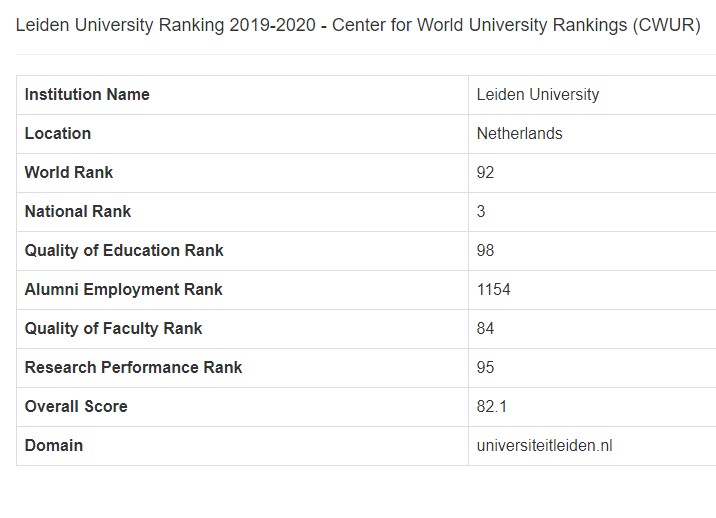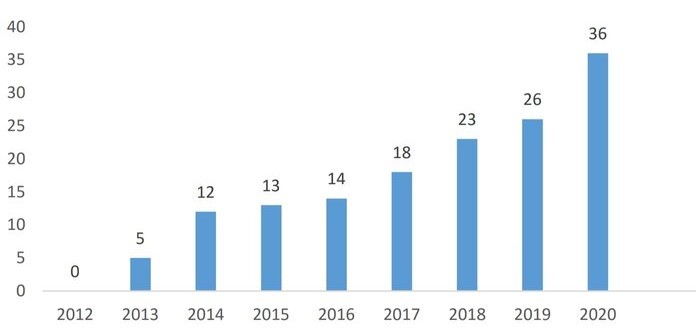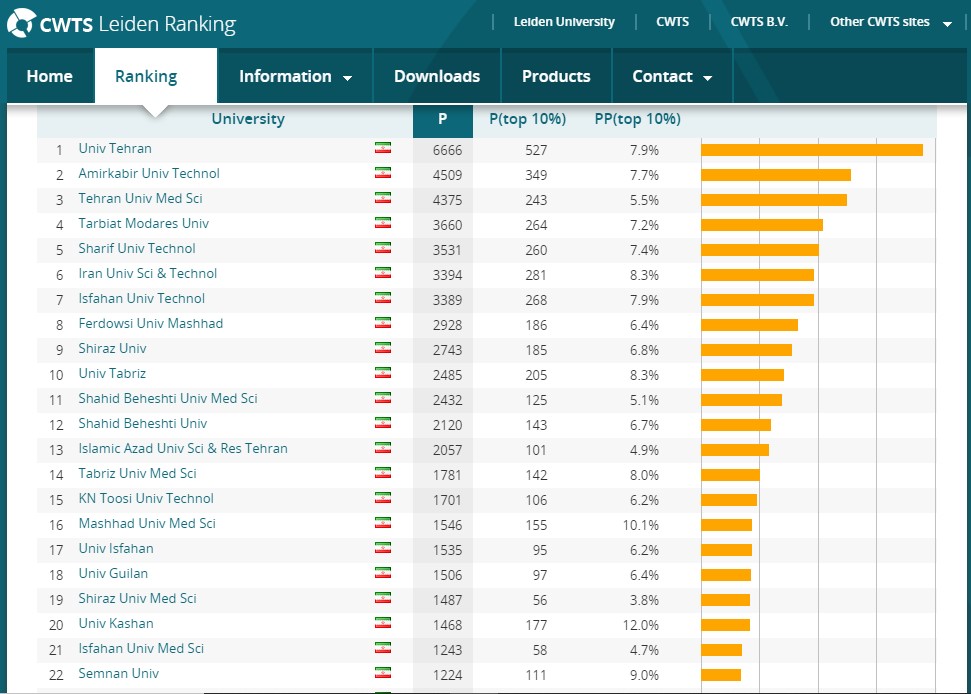Leiden 2020: Iranian Universities' Growth in the List
Worldwide rankings, or ‘university league tables’, were introduced nearly 15 years ago. These lists attract considerable attention when they are published, both within and outside universities. It is important to realize, however, that they offer only a very limited, sometimes imperfect and even misleading picture of the quality of a university as a whole. The Leiden Centre for Science and Technology Studies has therefore formulated ten principles for the design, interpretation and use of rankings.
Leiden is among the top universities in the most prominent international rankings. These are based on sometimes quite different indicators, which again serves to confirm the broad quality of the education and research at Leiden University.
The CWTS Leiden Ranking 2020 offers important insights into the scientific performance of over 1000 major universities worldwide. Select your preferred indicators, generate results, and explore the performance of universities.
The Leiden Ranking enables you to select sophisticated bibliometric indicators, to generate results based on these indicators and to explore the results from three different perspectives. Best known is the traditional list view, in which you can rank universities according to a selected indicator. The Leiden Ranking offers two additional perspectives: the chart view and the map view. The chart view shows universities in a scatter plot, so that you can explore the performance of universities using two selected indicators. The map view shows universities in a world map and provides a geographical perspective on universities and their performance.
The Leiden Ranking stands for a multidimensional perspective on university performance. Our principles for responsible use of university rankings explain why this is crucial. It is up to you to select the indicator that you wish to use to rank universities. The Leiden Ranking provides indicators of scientific impact, collaboration, open access publishing, and gender diversity. Size matters when comparing universities: performance can be viewed from an absolute or a relative perspective (e.g., the number versus the percentage of highly cited publications). That is why size-dependent and size-independent indicators are consistently presented together in the Leiden Ranking. This highlights that both types of indicators need to be taken into account.
Compared with other university rankings, the Leiden Ranking offers more advanced bibliometric indicators. The underlying methodology is richly documented. The Leiden Ranking provides information exclusively about the research done at universities. Research is represented in publications, and carefully collected data about these publications forms the basis for the Leiden Ranking. This basis also ensures the independence of the Leiden Ranking, since there is no reliance on data submitted by the universities themselves. Finally, because universities are complex institutions that have a variety of forms, contexts and missions, their performance cannot be represented by a single number. Leiden University Ranking presents a variety of indicators for you to explore the performance of universities from different angles.

The presence of Iranian universities in the Leiden University ranking 2020
The number of universities from Iran in Leiden university ranking has increased every year, the chart below shows the growth of the number of universities in the country in Leiden ranking.

The chart below shows the number and comparison of the presence of universities in Islamic countries in the Leiden 2020 ranking. As it is obvious, with the presence of 36 universities in this ranking system, Iran, as in previous years, ranks first among Islamic countries in terms of the number of top universities. After Iran, Turkey and Egypt are ranked second and third with 30 and 7 universities, respectively.




Your Comment :